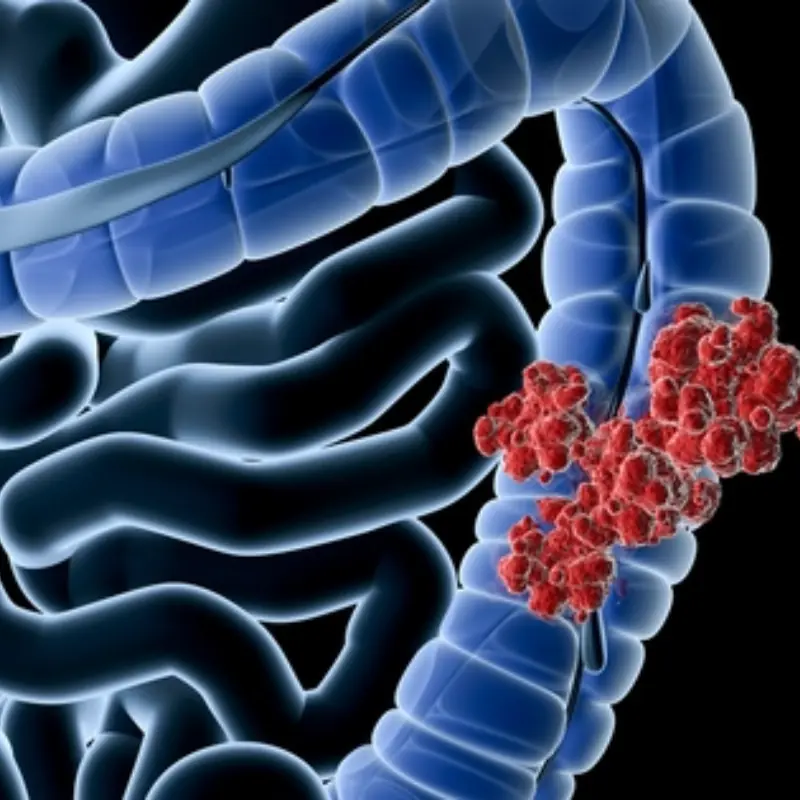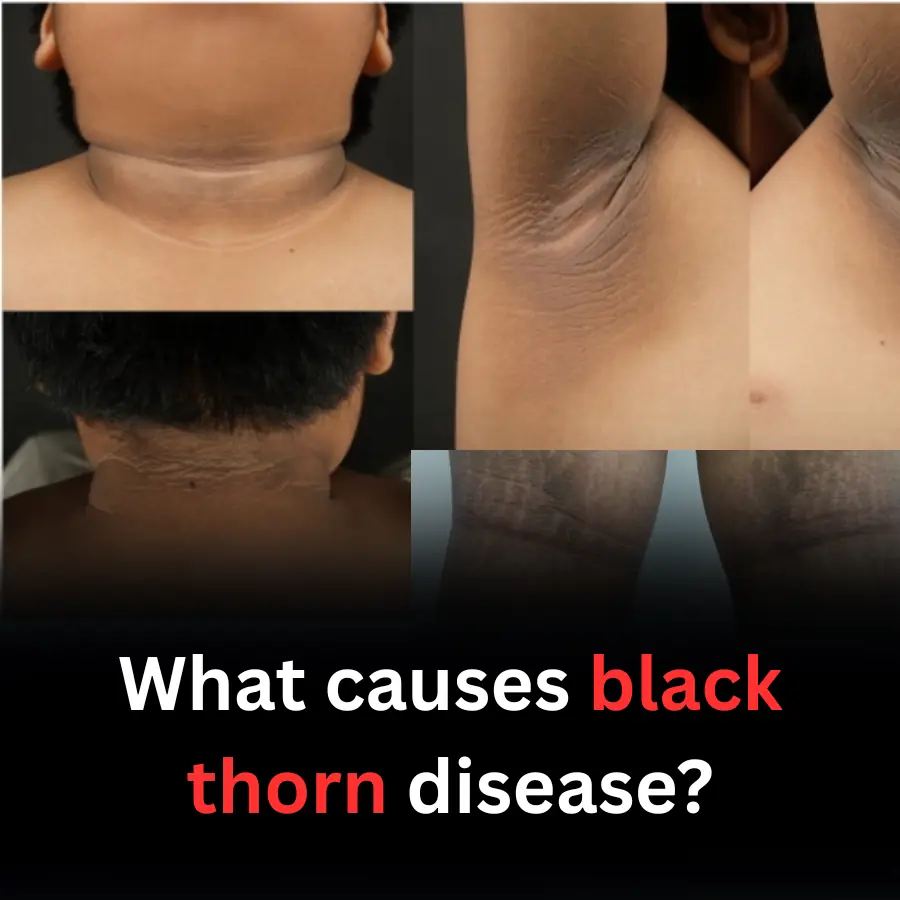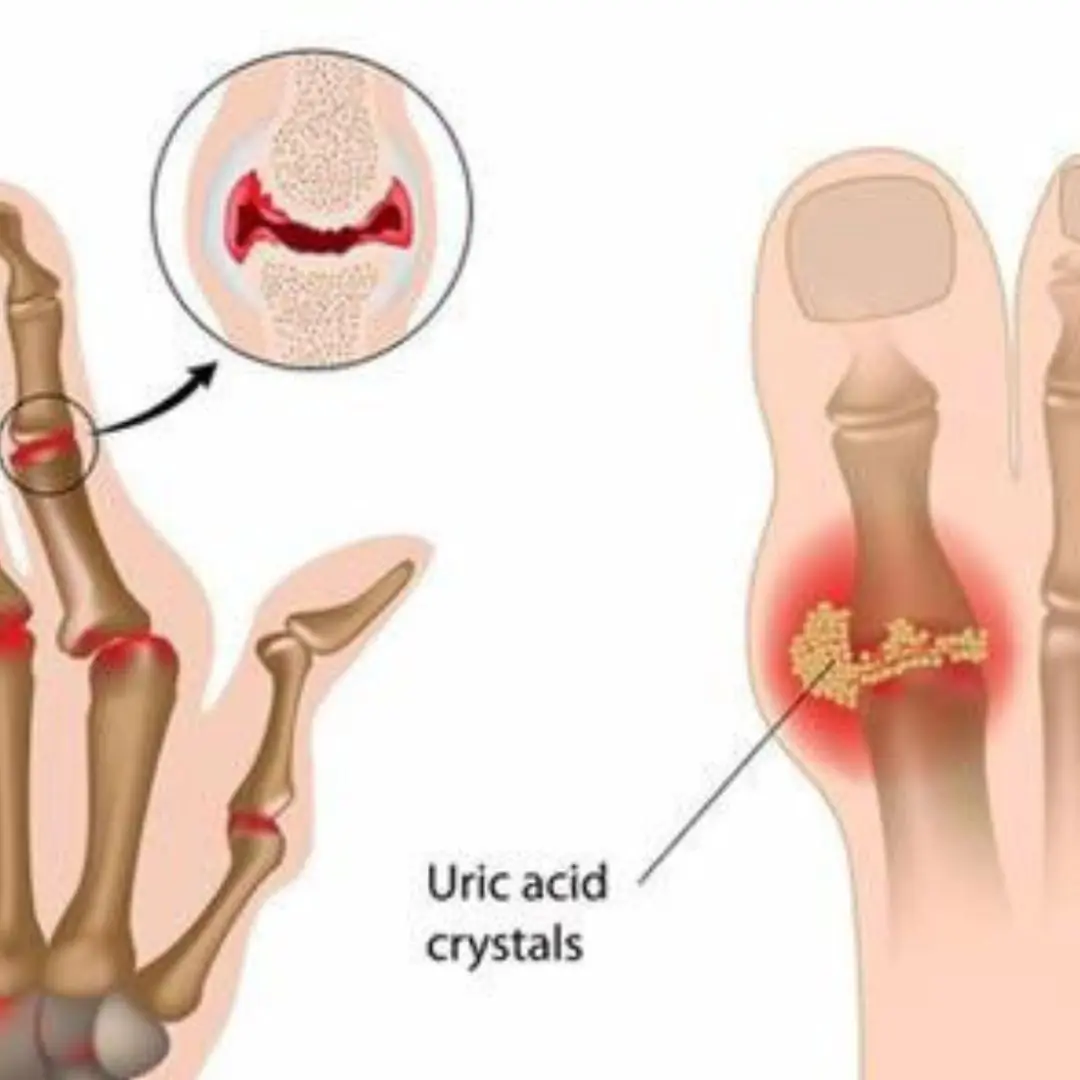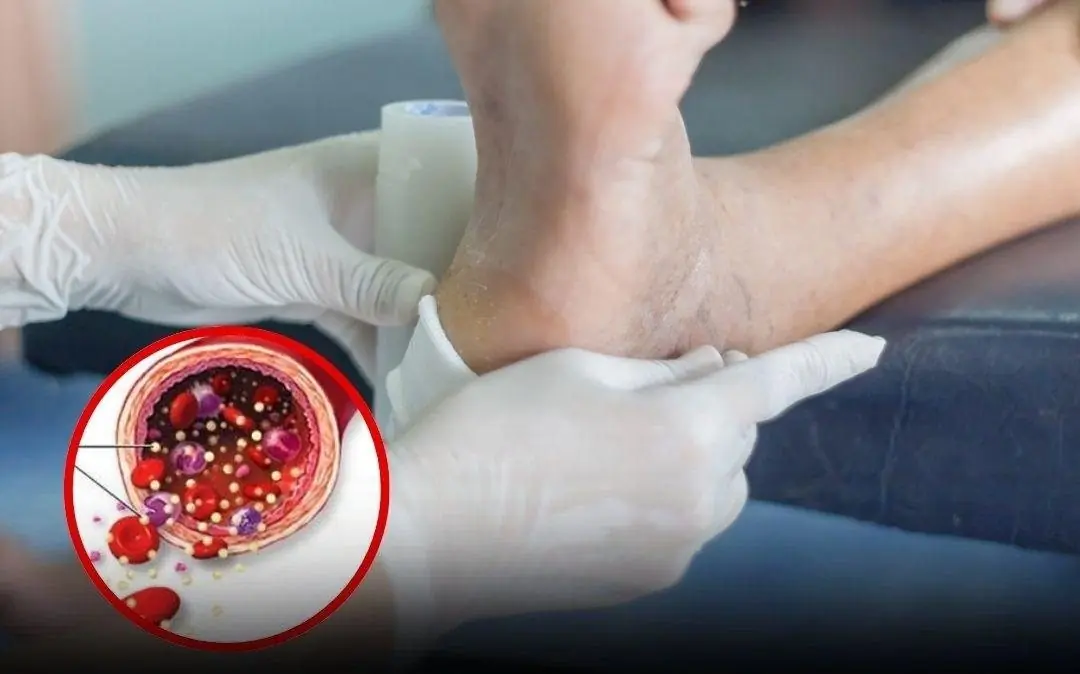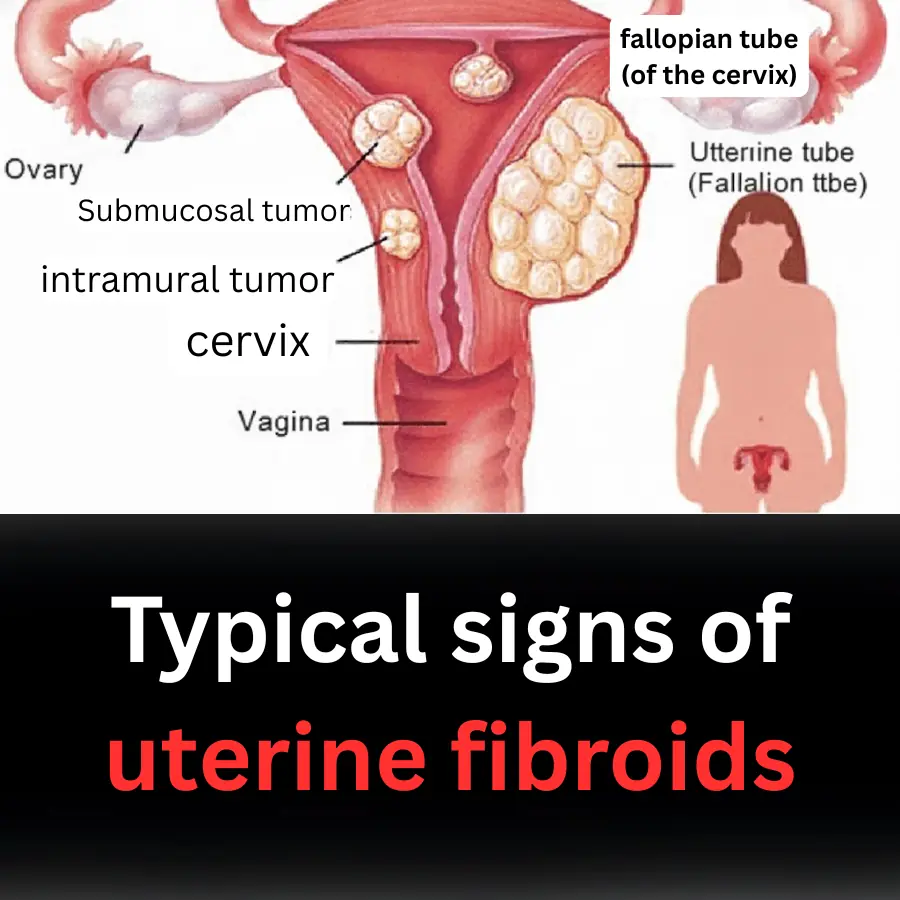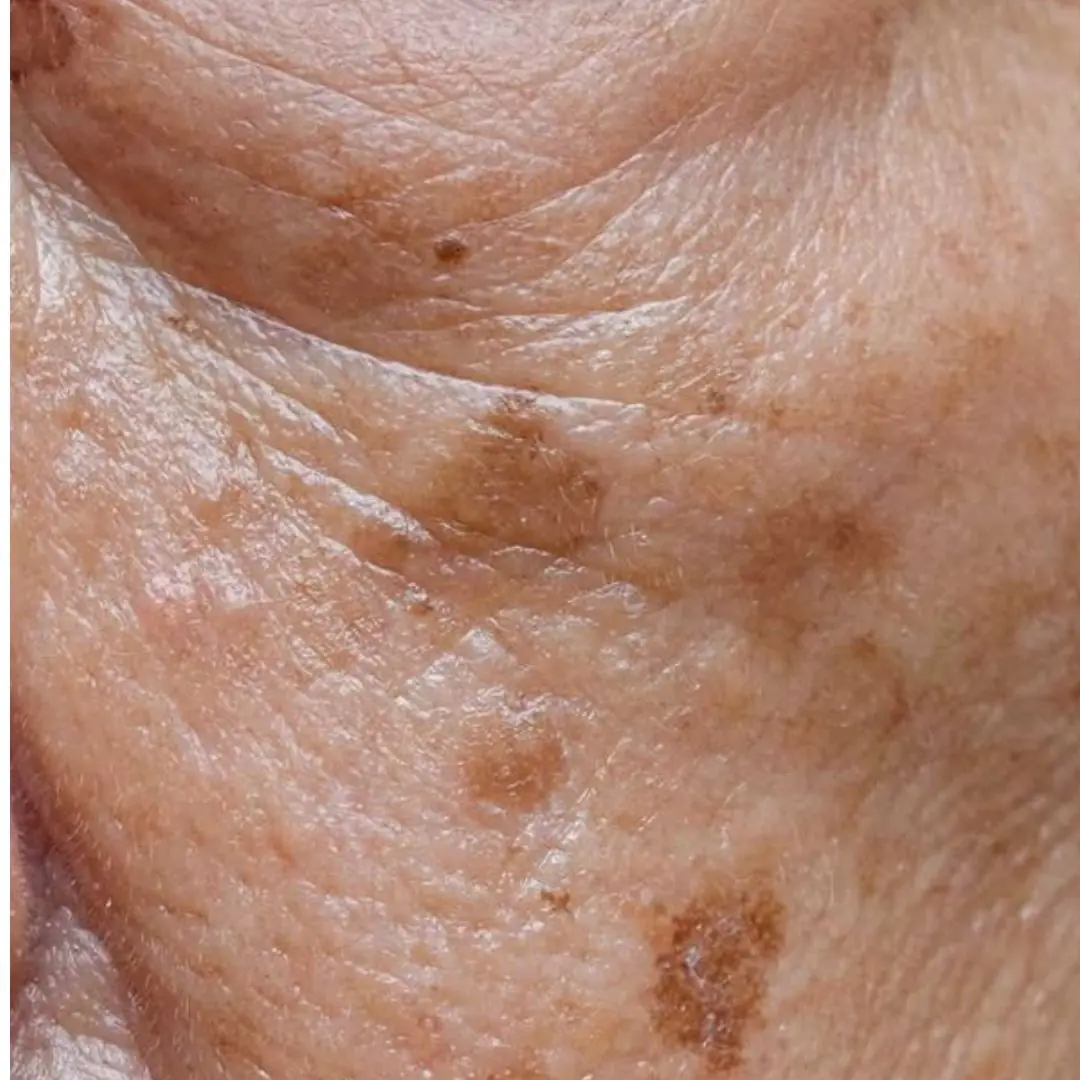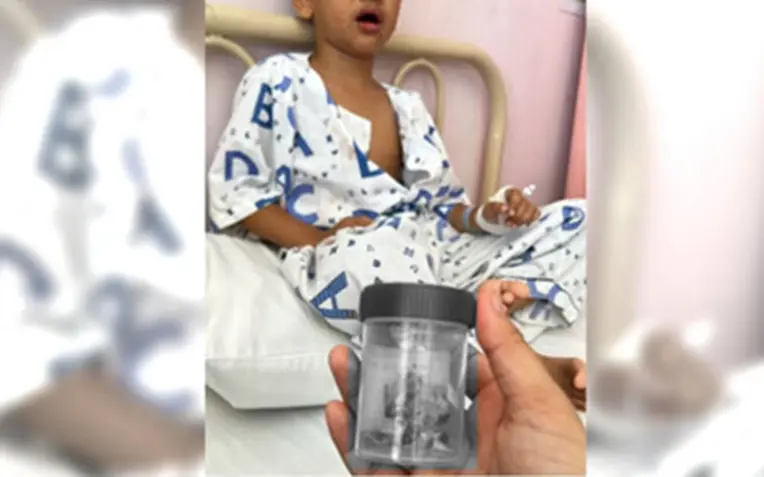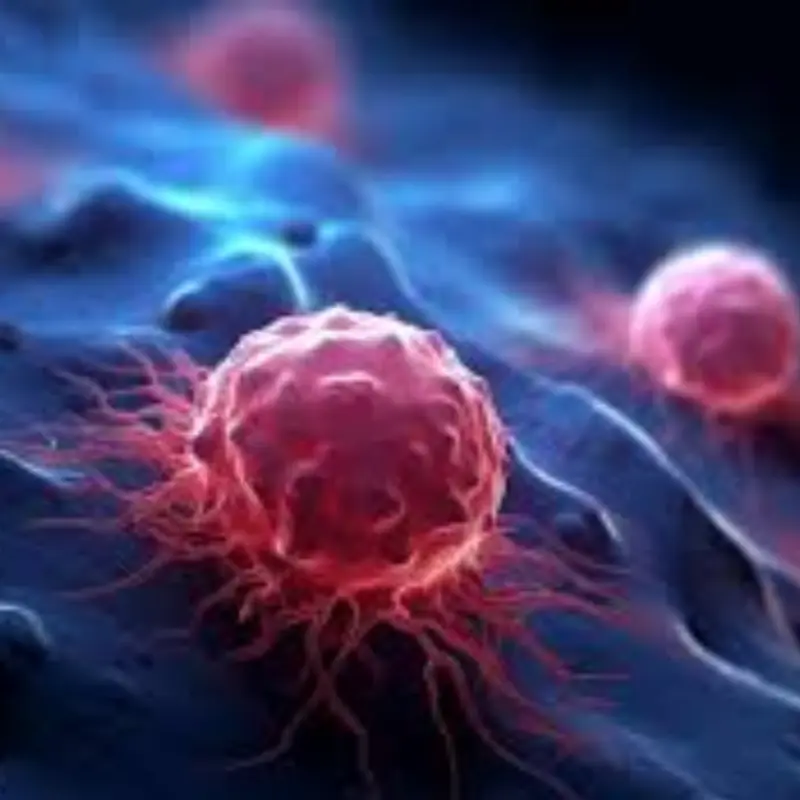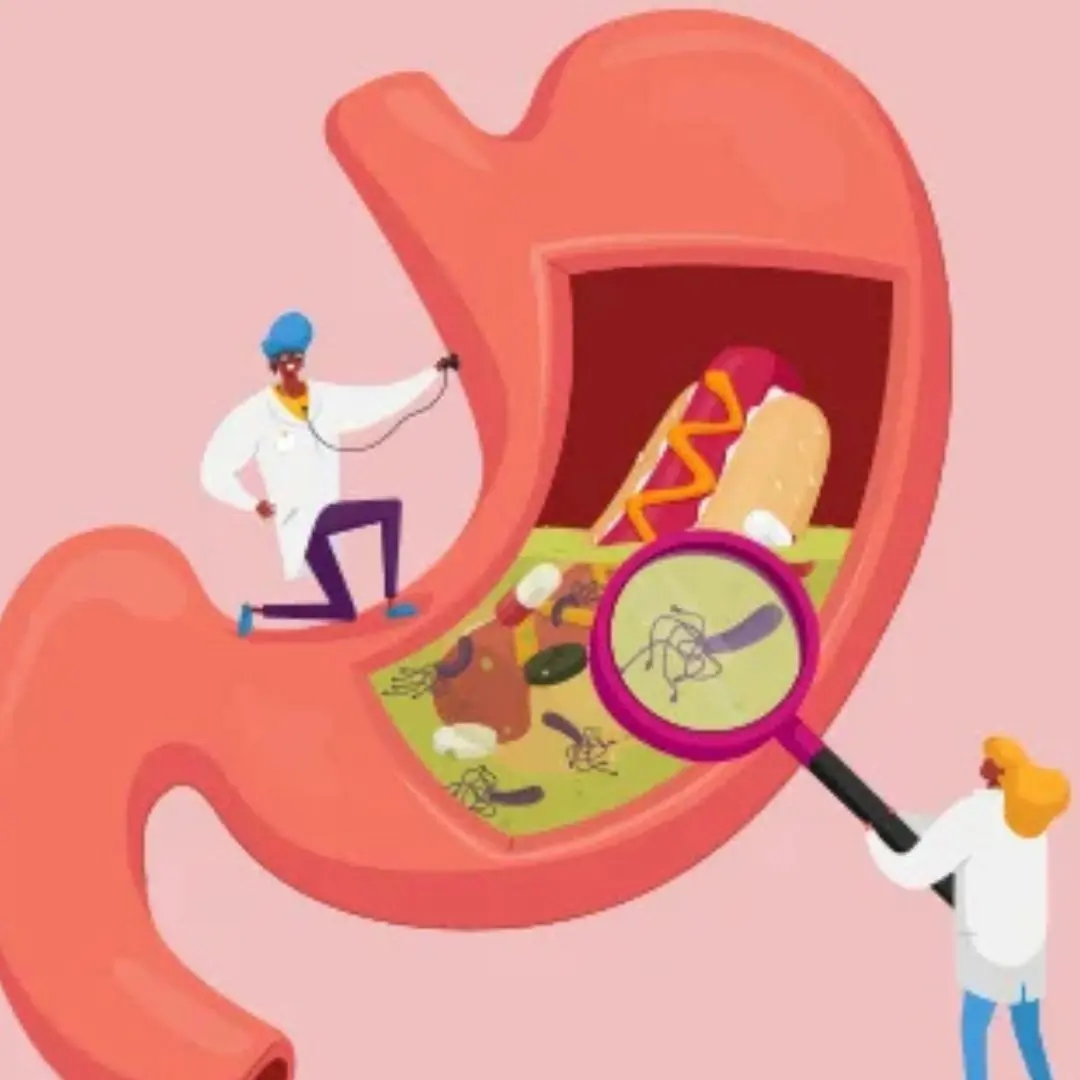Can.cer, in its many forms, is one of the most feared diseases worldwide. It is essential to understand that early detection can significantly improve the chances of successful treatment and recovery. While cancer can manifest in various ways, some signs may initially be subtle and even mistaken for more benign conditions. In particular, certain leg symptoms may serve as warning signals that something more serious, such as cancer, could be developing.
While leg-related symptoms are often overlooked, they can provide valuable clues about underlying conditions, including deadly cancers like bone cancer, lymphoma, and sarcoma. Here are four early leg symptoms that should not be ignored:
1. Unexplained Pain in the Legs
Persistent leg pain that doesn’t seem to have a clear cause can be one of the first signs of bone cancer or sarcoma. Bone cancer typically affects the bones and soft tissues, causing discomfort or aching in the affected area. Often, the pain may be described as deep, dull, or persistent, and it may worsen at night or with activity.
When to Be Concerned:
-
Unexplained: If the pain is not related to an injury or any other obvious cause, it’s essential to investigate.
-
Duration: If the pain persists for more than a few weeks despite over-the-counter pain relief, consult a healthcare professional.
-
Progression: If the pain gradually intensifies over time or becomes unmanageable, it could be indicative of a deeper issue, including cancer.
Possible Conditions:
-
Osteosarcoma: A type of bone cancer that is commonly seen in teenagers and young adults. It can cause swelling and pain in the bones, often in the legs.
-
Ewing’s Sarcoma: A rare form of bone cancer that affects the long bones of the body, including the legs.
2. Swelling or a Lump in the Leg
A swelling or lump in the leg that appears suddenly or grows over time can be a sign of soft tissue sarcoma or lymphoma. These types of cancer often manifest as painless lumps or masses that may feel firm or rubbery when touched. In the case of lymphoma, swelling in the lymph nodes (often in the groin or upper thigh area) can cause discomfort or a feeling of fullness in the leg.
When to Be Concerned:
-
Size and Growth: A lump or swelling that increases in size or does not shrink over time could indicate a cancerous tumor.
-
No Pain: Most soft tissue tumors don’t hurt in the early stages, which can make them hard to notice.
-
Skin Changes: If the skin above the lump becomes red, warm, or appears stretched, it might be a sign that the tumor is growing rapidly or pressing on surrounding tissues.
Possible Conditions:
-
Soft Tissue Sarcoma: A cancer that develops in the muscles, tendons, and other soft tissues, often presenting as a painless lump.
-
Lymphoma: A cancer of the lymphatic system that can cause swelling of the lymph nodes, often in the legs.
3. Persistent Fatigue and Weakness in the Legs
Unexplained fatigue and a feeling of weakness in the legs can sometimes signal a systemic issue, such as leukemia or lymphoma. These cancers can affect the blood and lymphatic systems, leading to a lack of oxygen in the body, poor circulation, and overall weakness. People with these types of cancer may experience leg weakness or the sensation that their legs feel heavy or tired even after light activity.
When to Be Concerned:
-
Chronic Weakness: If the weakness persists over time, worsens, or interferes with daily activities, it could indicate a serious condition.
-
General Fatigue: Unexplained tiredness or lethargy, coupled with leg weakness, should not be ignored, especially if other symptoms like bruising, pale skin, or swollen lymph nodes appear.
Possible Conditions:
-
Leukemia: A can.cer that affects the blood-forming tissues, leading to abnormal blood cell production. It can cause fatigue, weakness, and leg pain or swelling.
-
Lymphoma: This cancer affects the lymphatic system, often leading to generalized fatigue and weakness in the limbs.
4. Changes in Skin Color or Appearance in the Legs
Skin changes, such as redness, discoloration, or the appearance of bruises on the legs, could be early warning signs of a hematologic malignancy, such as leukemia or lymphoma, or even metastatic cancer that has spread to the skin. Venous stasis ulcers or abnormal vascular changes in the legs may also develop as a result of can.cer affecting the blood vessels.
When to Be Concerned:
-
Unexplained Redness or Discoloration: If your skin becomes red or purplish without any injury, or if it feels warm to the touch, it could indicate an infection or cancerous spread.
-
Visible Changes in Skin Texture: If the skin on your legs feels or looks thicker, tighter, or shiny, this could be a sign of a vascular issue related to can.cer.
Possible Conditions:
-
Leukemia: Can cause changes in blood circulation, leading to skin discoloration or bruising, particularly in the lower extremities.
-
Metastatic Cancer: Cancer that has spread to the skin can cause localized discoloration and changes in texture.
-
Lymphoma: This cancer can cause swollen lymph nodes in the groin area, leading to skin changes or a feeling of pressure in the legs.
When Should You Seek Medical Attention?
If you notice any of the above symptoms - especially if they persist for an extended period or worsen - it’s important to consult a healthcare professional. Early diagnosis can lead to better treatment outcomes. Be proactive about your health and seek medical attention if you notice any of the following:
-
Unexplained pain or swelling in the legs
-
Persistent fatigue, weakness, or tiredness in the legs
-
Visible lumps, bumps, or skin changes
-
Unexplained bruising or bleeding
Conclusion
While the early leg symptoms mentioned above could indicate serious health issues like can.cer, it's important to note that not every instance of leg pain, swelling, or fatigue is linked to a malignancy. Many of these symptoms could be caused by less serious conditions. However, if you notice any of these symptoms and they persist, worsen, or are accompanied by other health changes, it’s crucial to see a doctor as soon as possible. Early detection and intervention can make a significant difference in the treatment and outcome of cancer and many other diseases.

